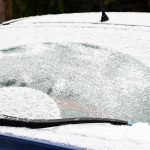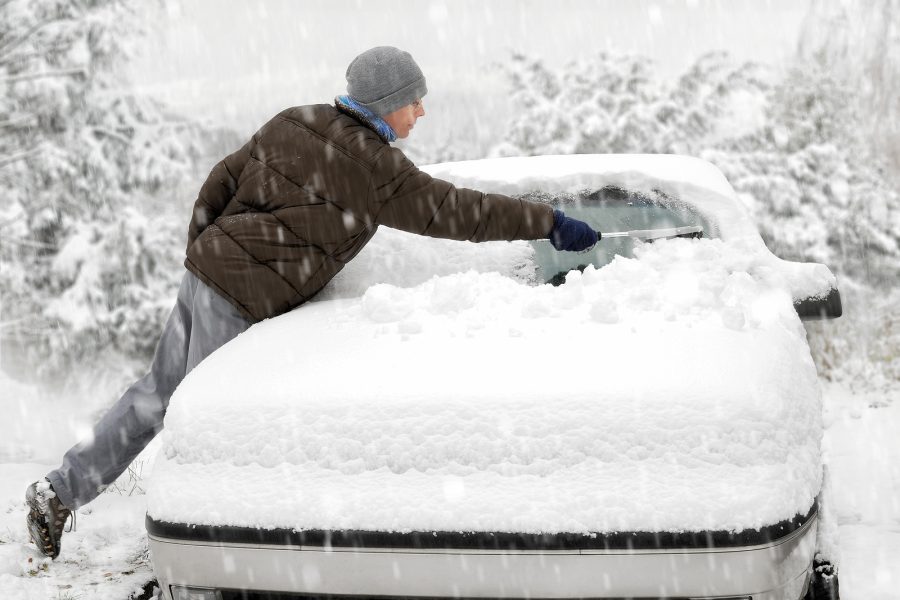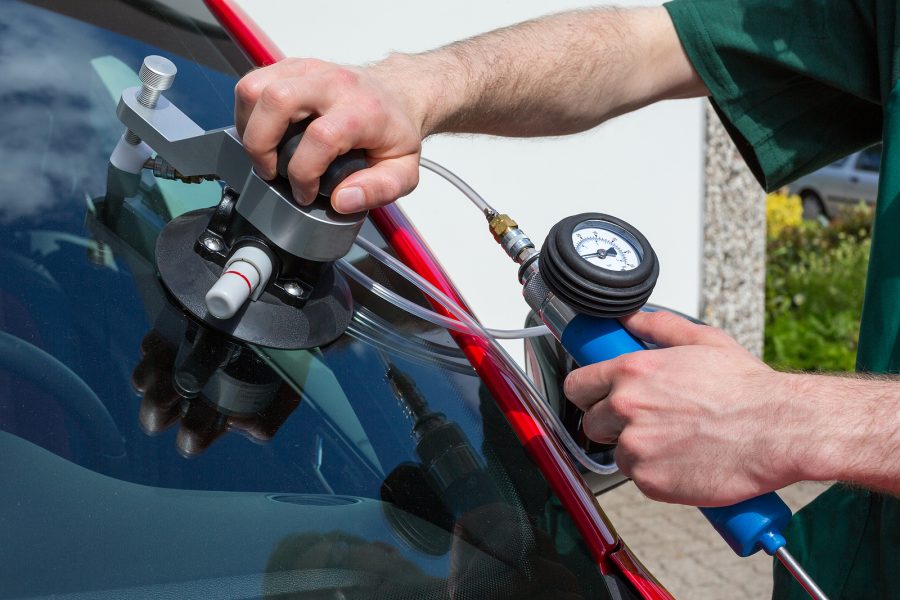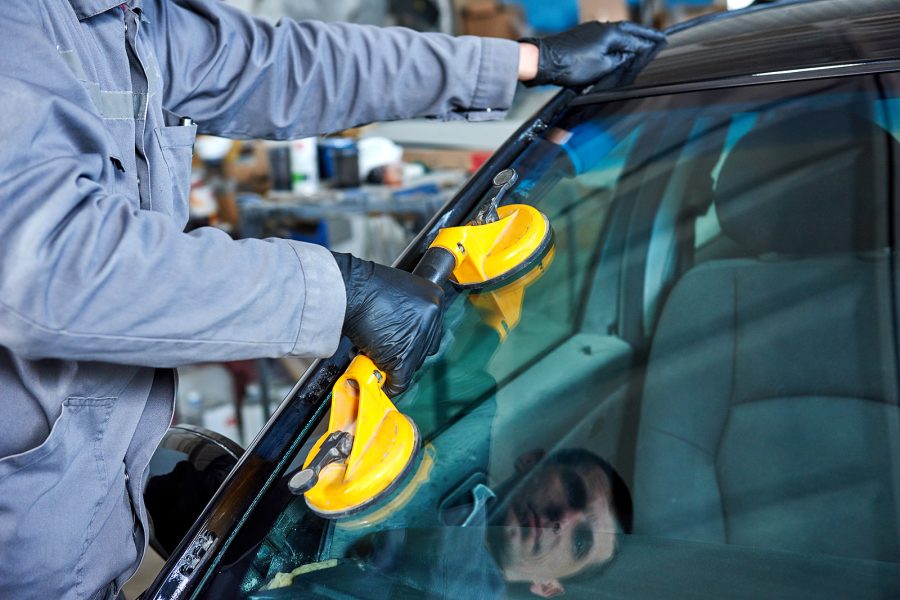Windscreens are resilient, strong and designed to stay in one piece even if crack and broken, to keep drivers safe in the case of an accident.
However, given the speeds in which debris can launch, it can sometimes take a stone chip or a rock to create a chip in the windscreen.
What happens next is the difference between a simple repair and a costly replacement. The Highway Code notes that windscreens and windows much be free from obstructions to vision. If a chip develops into a crack, it can become an obstruction to a driver’s view.
This can lead to fines and penalty points being given to the driver behind the wheel.
Many cracks are easily repaired through the use of a vacuum injection pump and an injection of epoxy resin. This resin is cured with a UV light and provides a strong, effective repair.
Here are the factors that will affect whether a crack can be repaired.
Type Of Chip
Several cracks can be repaired without removing the glass and do not affect the structural soundness of the windshield.
Circular bullseye chips, pits, crack chips, star-shaped cracks and linear cracks can often be repaired using epoxy injection without issue.
Size And Depth
The key to whether a crack can be repaired is how large the crack is and whether it has cracked deeply enough to stop the windscreen from being structurally sound.
There is a size limit of around 6cm where a crack is not too large to compromise the safety of the glass if it is repaired. Whilst crack larger than that can be repaired, the car may require the assistance of windscreen replacement services to assess the level of damage.
Location
There are exceptions and edge cases for these other factors, and often the location of a crack makes it very difficult to repair, if not impossible.
Cracks on the inside of the windscreen are far more difficult to fix than on the outside. These types of cracks also have greater implications in case of an accident.
If the damage is caused by oxidation or heat absorption, then it can sometimes damage a windscreen beyond repair, requiring a replacement.
If the damage is over an electronic component, such as a rain sensor, it not only cannot be repaired but may need manufacturer intervention.
A single crack is generally easier to fix than multiple cracks. Multiple cracks that intersect in a complex way may also have damaged the glass in a way that means any repair is made impossibly difficult.
The size of the crack is important, as mentioned above, and extremely long cracks over 45cm in length would very quickly need replacing.
If the glass is contaminated in any way that would make vacuum injection impossible, the chances of it being repairable are exceptionally low. Even in cases where it can be repaired, the effect on visibility may make replacement a more desirable solution.
Finally, if a crack starts or extends to the edge of the glass panel, it can compromise the structural integrity of the windscreen, which would require the glass to be replaced quickly.









